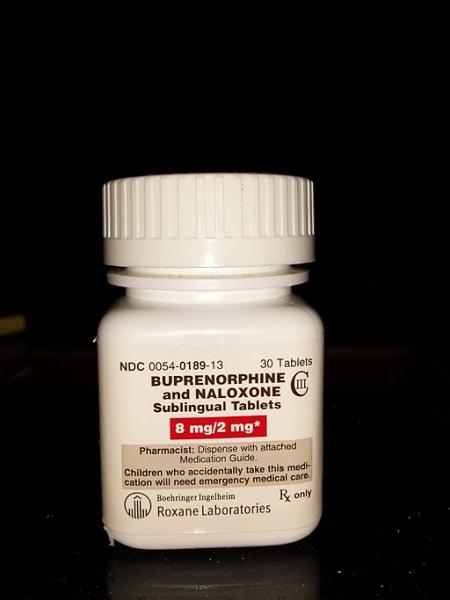The Atlantic wrote a piece on using buprenorphine in the treatment of opioid addiction and should be congratulated for more widely publicizing opioid substitution therapy. Buprenorphine is a milder opioid than heroin and fentanyl, sold under several brand names, and has been shown to transfer a patient’s addiction into a controllable problem – it is modern-day methadone.
The article poses the question of why France’s embrace of buprenorphine therapy has reduced their opioid deaths 80% while in the US there are regulatory and financial hurdles “restraining” its use. In France, any physician can prescribe the medication and nearly 170,000 people are involved in substitution therapy all covered by France’s healthcare finance system. [1]
In the US, these programs are called medical assisted treatment and are enthusiastically supported by the FDA, the primary regulator of medication treatments.
“There are three drugs approved by the FDA for the treatment of opioid addiction: buprenorphine, methadone, and naltrexone. All three of these treatments have been demonstrated to be safe and effective in combination with counseling and psychosocial support. Everyone who seeks treatment for an opioid use disorder should be offered access to all three options.”
How do you teach old docs new tricks?
From the article’s tone and the regulation changes in France, you might think that merely prescribing buprenorphine or methadone is all that is required – a one and done type of care. Buprenorphine was initially approved as a pain reliever, its’ use as an opioid substitute was “off-label;” to prevent physicians with no training in caring for addicted patients from simply writing prescriptions, that could be misused or diverted into illegal use, restrictions were placed when the indication for substitution was formalized in 2000. It was a protection for patients.
While the management principles of addiction therapy might have been taught in medical school, actual supervised practice in managing these complex patients was not readily available until 2011 with the first residency training in the specialty of addiction medicine. For the majority of physicians without formal training, the government requires an 8-hour training course on pharmacology, safety, and patient assessment. They also placed restrictions on the number of these patients a physician could care for, gradually increasing the options from 30 to 275. Again, the initial impetus behind this regulation was to prevent the one and done mills from dispensing medication but not treating addiction. As a provider, these rules might be considered a hassle, as a clinician I believe these regulations protect patients from inadequate or inappropriate care. If you want to treat a medical problem, demonstrate that you know how!
The Atlantic suggests physicians have been slow to embrace this management alternative because
“Finally, doctors know that if they sign up to prescribe buprenorphine, all the local heroin users will flock to them, potentially crowding out their other patients…”
Know is a pretty definitive word. When you read the referenced study, it turns out that “know” is really “fear,” and for only about 30% of practitioners. Practitioners were happy to participate in these programs if they were paired with more experienced clinicians and given more training – self-perceived deficiencies that doctors wanted to be corrected. It is tough to fault a physician, uncomfortable with their skills in treating addictions, for not wanting to provide that service without experienced guidance.
How do you pay for this care
Funding medical assisted treatment is another problem. [2] Today’s opioid user is young, male and white, half are employed in low-income jobs, a quarter live below the definition of poverty. So it should be no surprise that Medicaid provides coverage for a disproportionate share of this population, about 40%. Private insurance covers another 40%. Patient’s out of pocket expenses comprise another 9%.
Medicaid is a federally financed program, with block grants administered by state regulations resulting in varying coverage. But buprenorphine is covered in every state and the District of Columbia, albeit with limitations. And those limitations are the same as those privately insured face, pre-authorization of care and out of pocket costs. Medicaid provides almost twice the care in terms of the number of patients that private health insurance does. This failure is part of a larger picture where mental health concerns are not considered in the same way as physical health issues.
Source: How France Cut Heroin Overdoses by 79 Percent in 4 YearsThe Atlantic
[1] French workers are taxed on 21% of their earnings to pay for universal health care, employers pick up about half of that cost. French pay about half of what a US worker pays when the aggregate rather than individual is considered. The French system also uses cost sharing with patients in the form of co-payments or deductibles.
[2] The Opioid Epidemic and Medicaid's Role in Facilitating Access to TreatmentKaiser Family Foundation




